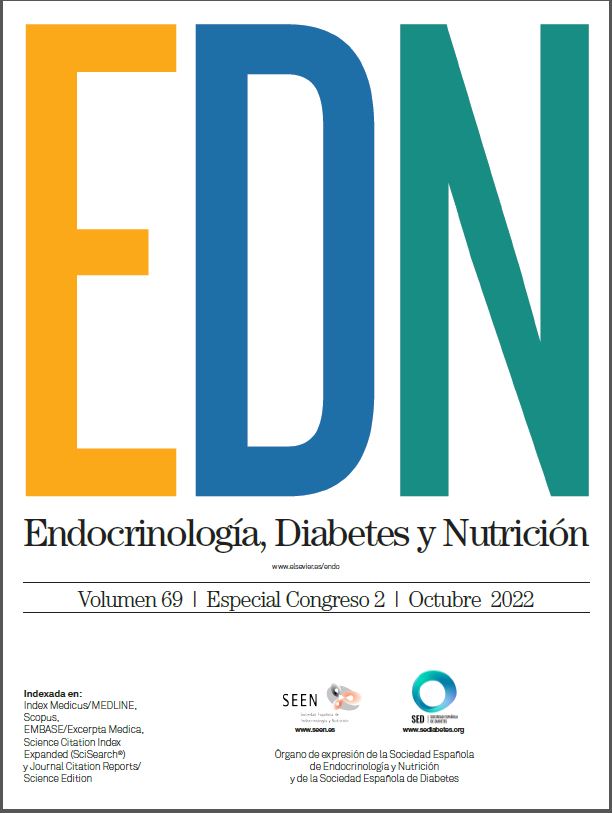23 - ARF6 REGULATES SODIUM/IODIDE SYMPORTER (NIS) PLASMA MEMBRANE TRAFFICKING
1Endocrine Tumor Unit (UFIEC). Instituto de Salud Carlos III (ISCIII). Majadahonda. 2Area of Physiology. Department of Basic Health Sciences. Faculty of Health Sciences. Rey Juan Carlos University. Alcorcón. 3Spanish Biomedical Research Network in Cancer (CIBERONC). Instituto de Salud Carlos III (ISCIII). Madrid.
Sodium-iodide symporter (NIS) is a membrane protein responsible for major entry of iodine into the body, which is a key event in the synthesis of thyroid hormones. NIS is essential in thyroid cancer treatment, because radioactive iodide (131I) therapy uses this transporter to eliminate the remnants of thyroid tumor cells after surgery. The absence of NIS in the membrane makes their treatment difficult, so multiple strategies focus on increasing the efficacy of therapy increasing the amount of NIS in the plasma membrane. Our objective is to elucidate NIS trafficking and endocytosis pathway. By co-immunoprecipitation coupled to mass spectrometry (CO-IP/MS), we discovered the interaction between NIS and ADP-ribosylation factor (ARF6). This protein is involved in endocytosis and trafficking, therefore, a possible target to prevent NIS endocytosis in tumors that induce the removal of the transporter from the membrane. NIS endocytosis pathways were analyzed using fluorescence techniques and subcellular protein fractionation or biotinylation assays by inhibiting the main known pathways involved in this process. The inhibitors used were Chlorpromazine to inhibit the clathrin-mediated pathway, Nystatin to inhibit the caveolin-mediated pathway and Dynasore that inhibits the two previous pathways and others that are independent of those. Furthermore, we tried to determine the role of ARF6 in NIS trafficking by using ARF6 siRNA. Results show that NIS is endocytosed in several ways, but mainly via clathrin-dependent mechanisms. Interestingly, we found that ARF6 participates in the trafficking of NIS to the plasma membrane, suggesting an important role of this protein in the treatment of thyroid cancer with lower levels of NIS at the plasmatic membrane.







